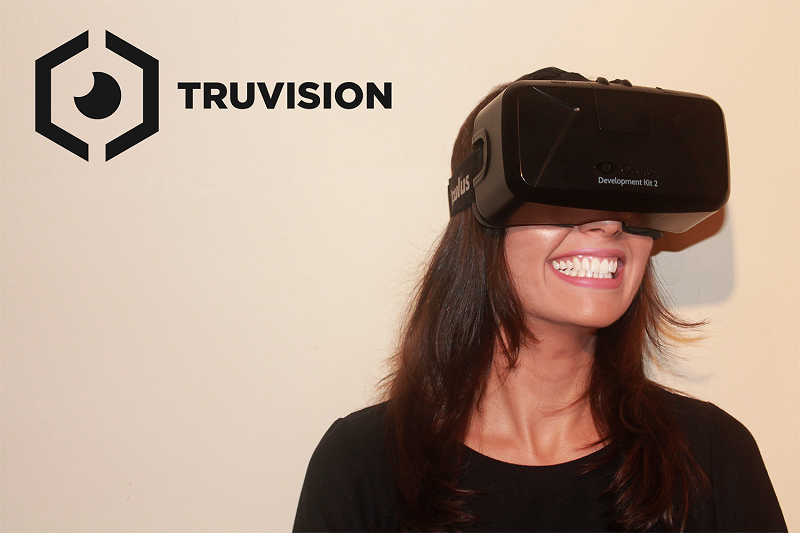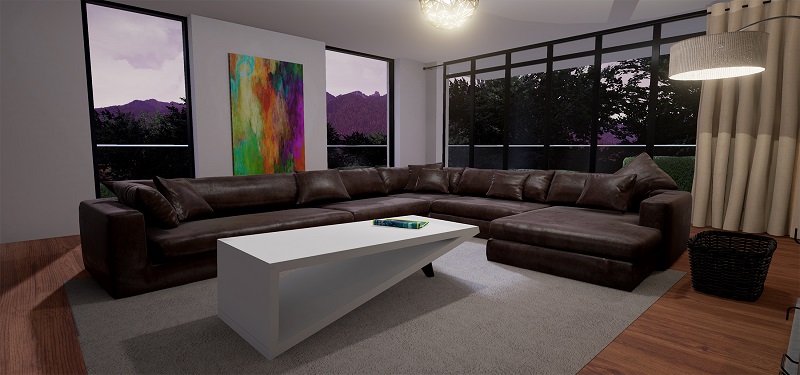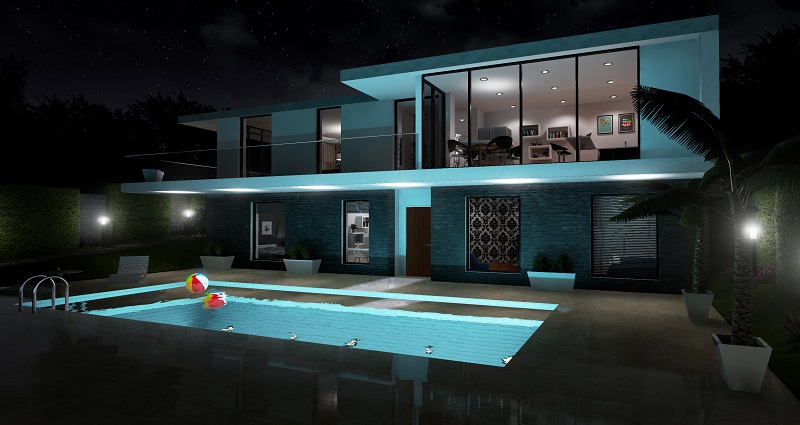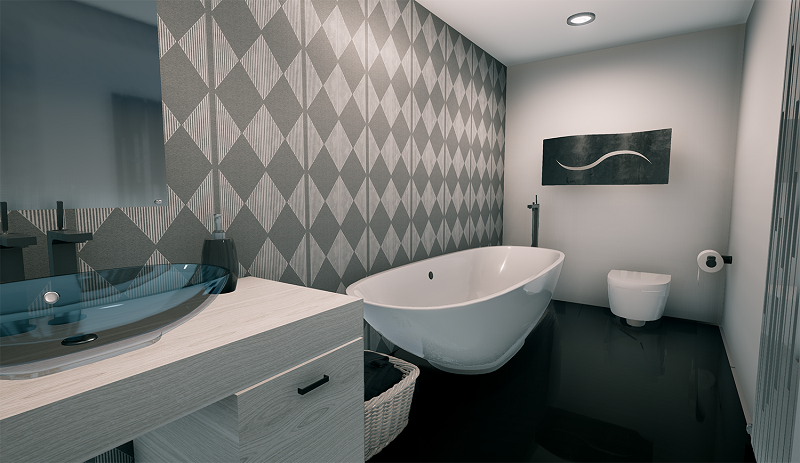TruVision
Contents |
[edit] Introduction
TruVision offers futuristic virtual reality for architecture experiences, allowing you to virtually walk around your new structure or environment prior to its construction. We take models and drawings created by architects and use state-of-the-art technology to create fully immersive architectural visualisations and environments designed to be used with virtual reality headsets.
Experiencing a structure in virtual reality allows you to grasp a sense of scale that a flat architectural blueprint or visualisation simply cannot provide. It also gives the opportunity to spot any issues with the structure before it's built, avoiding costly post-build alterations.
[edit] History
The company was founded in 2015 by four university graduates, Joe Taylor, Connor Handley-Collins, Lewis Goodall and Gary Roberson. During their time at university they were tasked with creating with a real business plan for a particular module in their final year. It was here that TruVision was born. Nearing the end of the year, the feedback, grades and research showed that the idea was certainly viable, with much potential for the future.
TruVision began shortly after their final piece of work in June 2015. At this stage in the virtual reality timeline, the Oculus Rift was still only at 'developer kit 2' and the HTC Vive developer editions had yet to be released, requiring TruVision to face the challenge of creating their own market. TruVision are still in their infancy as the virtual reality market continues to grow.
As claimed by the BBC, 2016 is set to be the year when virtual reality goes from niche to mainstream. With Oculus, who were recently acquired by Facebook for $2bn, among other industry big hitters such as HTC and Samsung releasing consumer versions of their respective virtual reality headsets this year, it is only a matter of time until one can be found in every living room. Recognising this, several industries are beginning to adapt to the new technology, particularly the construction industry.
TruVision currently provides virtual reality for a wide variety of clients including universities, architects, yacht builders, interior designers, property developers and house builders.
[edit] How it works
Virtual reality takes a blueprint/drawing and transforms it into a 3D model that has life-like textures, animations, furniture and features, all of which work to trick the mind into thinking it is immersed within the space. Through involving a client in their designs with virtual reality, the industry will be able to demonstrate exactly how the structure will feel once built, something which is impossible through the use of 2D blueprints and flat image renderings. Being able to virtually experience a building and its surroundings also enables the industry and their clients to spot any potential issues pre-build, reducing the chance of any costly post-build alterations.
Using interactive technology like virtual reality leads to increased levels of interaction with designs. When walking through a building, users can open doors, turn on lights and even make stylistic changes to the interior.
Watch the YouTube video here.
At TruVision, our projects can be developed to allow users to change almost any aspect of the building's interior design, ranging from kitchen units, wallpaper styles, furniture and much more. Features such as day/night mode are also increasingly popular, allowing the user to experience the project in the day with natural sunlight or at night with artificial light.
[edit] Related articles on Designing Buildings Wiki
- 3D concrete printer.
- 3D MOVE: Mobile Immersive Visualisation Environment.
- Augmented reality in construction.
- Big data.
- BIM articles.
- Changing lifestyles in the built environment.
- Computer aided design CAD.
- Concept architectural design.
- Gravity Sketch.
- Immersive Hybrid Reality IHR.
- Integrated modeling, simulation and visualisation (MSV) for sustainable built healing environments (BHEs).
- Projections.
- Samples and mock-ups.
- Types of drawings for building design.
- Uses of drones in construction.
- Virtual reality and manufacturing.
- Virtual reality in construction.
- Wallpaper.
Featured articles and news
RTPI leader to become new CIOB Chief Executive Officer
Dr Victoria Hills MRTPI, FICE to take over after Caroline Gumble’s departure.
Social and affordable housing, a long term plan for delivery
The “Delivering a Decade of Renewal for Social and Affordable Housing” strategy sets out future path.
A change to adoptive architecture
Effects of global weather warming on architectural detailing, material choice and human interaction.
The proposed publicly owned and backed subsidiary of Homes England, to facilitate new homes.
How big is the problem and what can we do to mitigate the effects?
Overheating guidance and tools for building designers
A number of cool guides to help with the heat.
The UK's Modern Industrial Strategy: A 10 year plan
Previous consultation criticism, current key elements and general support with some persisting reservations.
Building Safety Regulator reforms
New roles, new staff and a new fast track service pave the way for a single construction regulator.
Architectural Technologist CPDs and Communications
CIAT CPD… and how you can do it!
Cooling centres and cool spaces
Managing extreme heat in cities by directing the public to places for heat stress relief and water sources.
Winter gardens: A brief history and warm variations
Extending the season with glass in different forms and terms.
Restoring Great Yarmouth's Winter Gardens
Transforming one of the least sustainable constructions imaginable.
Construction Skills Mission Board launch sector drive
Newly formed government and industry collaboration set strategy for recruiting an additional 100,000 construction workers a year.
New Architects Code comes into effect in September 2025
ARB Architects Code of Conduct and Practice available with ongoing consultation regarding guidance.
Welsh Skills Body (Medr) launches ambitious plan
The new skills body brings together funding and regulation of tertiary education and research for the devolved nation.
Paul Gandy FCIOB announced as next CIOB President
Former Tilbury Douglas CEO takes helm.
UK Infrastructure: A 10 Year Strategy. In brief with reactions
With the National Infrastructure and Service Transformation Authority (NISTA).



























